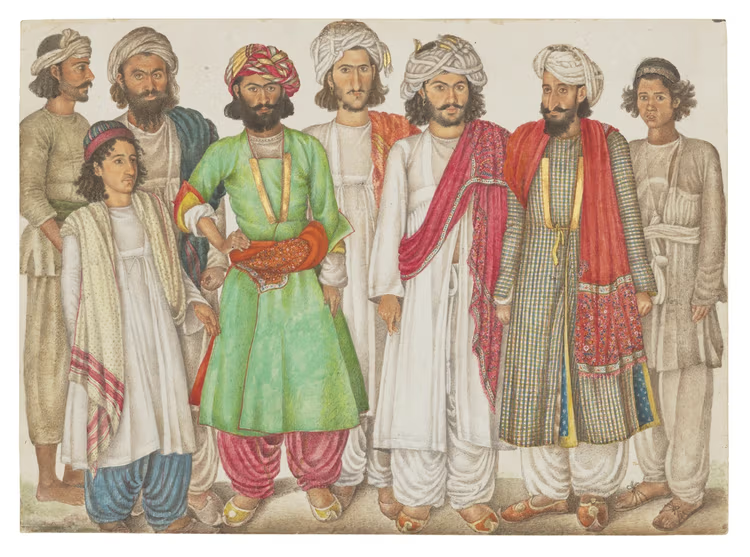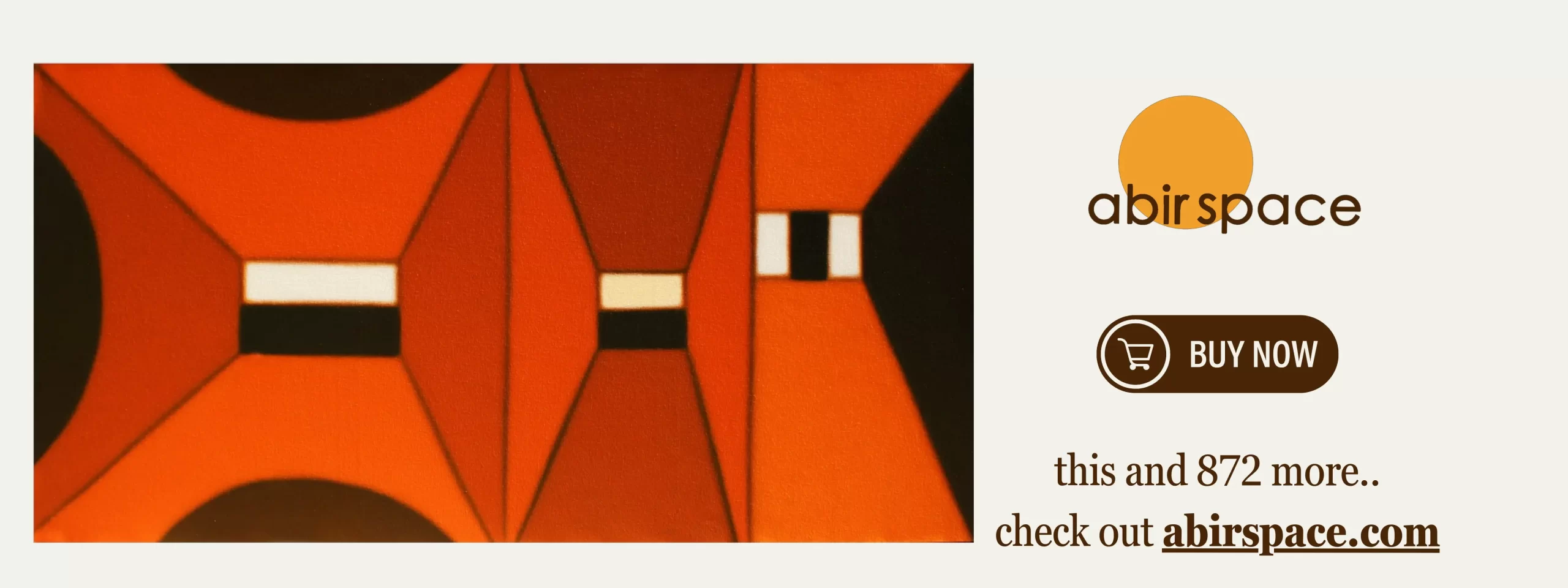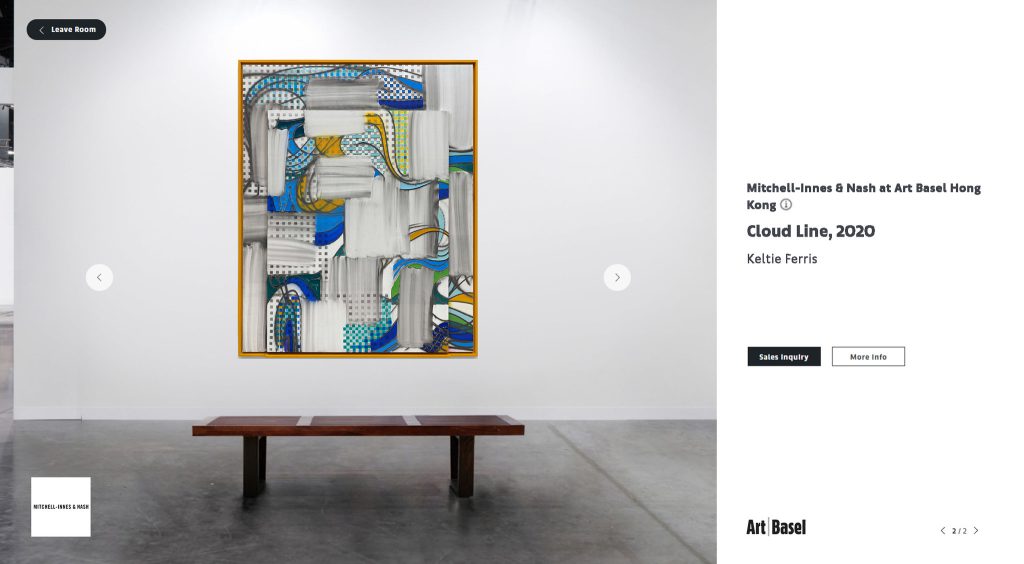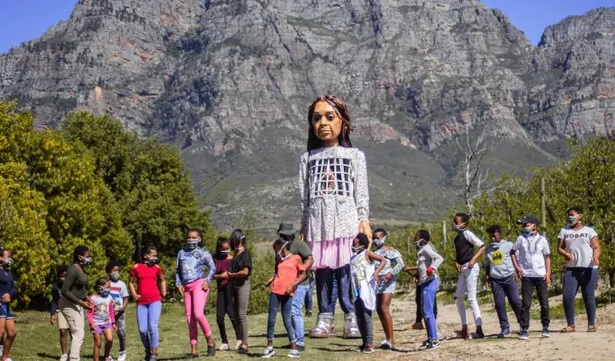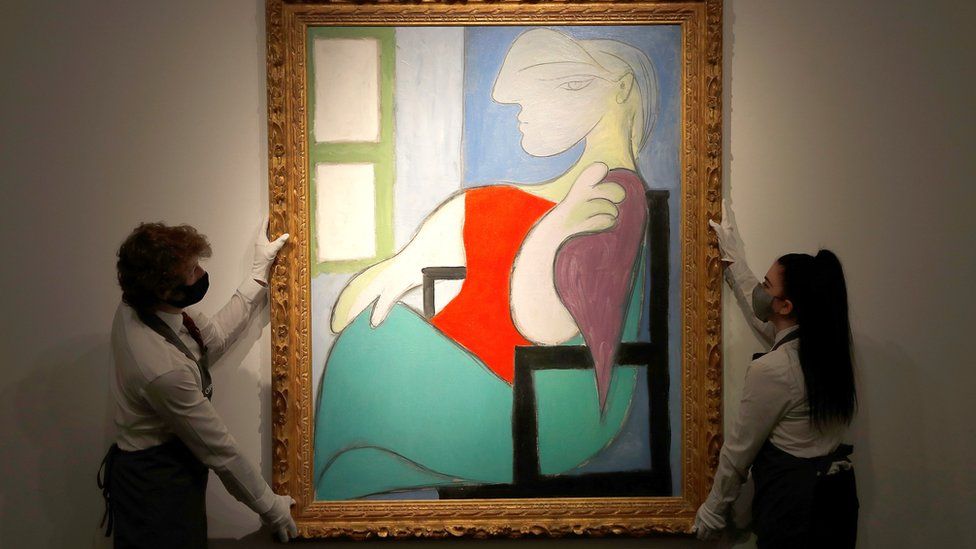Christie’s London is set to present an exceptional auction of 95 Indian and Persian paintings from the estate of Prince and Princess Sadruddin Aga Khan on October 28th. The collection is anticipated to achieve sales exceeding £8 million, with individual lot estimates spanning from £2,000 to £1 million.
Assembled over two decades from the 1960s through 1980s, this diverse collection encompasses works from various schools and periods. It features Ottoman, Mughal, Deccani, and Rajput paintings, complemented by 17th-century pieces from Isfahan masters such as Reza Abbasi. The collection also includes Company School works by notable artists Ghulam Ali Khan and Sheikh Muhammad Amir of Karraya, with pieces dating from the 16th to 19th centuries.
Prince Sadruddin Aga Khan, born in France in 1933 as the son of the third Aga Khan, served as the United Nations High Commissioner for Refugees from 1966 to 1977 until his death in 2003. The art collection was a collaborative passion shared with Princess Catherine, and the couple surrounded themselves with these masterpieces at their Lake Geneva residence, Chateau de Bellerive. Personal inscriptions on many works reveal they were exchanged as gifts between the royal couple, according to Sara Plumbly, Christie’s head of Islamic and Indian art.
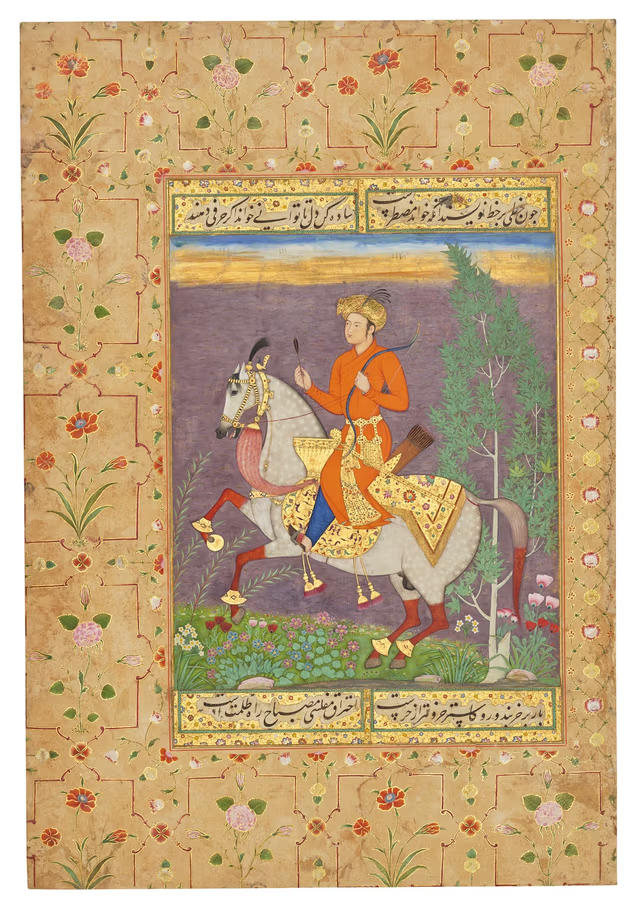
Image Courtesy: Christie’s
The collection reflects what scholar Stuart Cary Welch described as Prince Sadruddin’s preference for “the happy and lyrical.” As noted in Welch’s introduction to the 1998 British Museum exhibition “Princes, Poets and Paladins,” this aesthetic sensibility permeates the collection. Many pieces celebrate themes of gardens, flora, wildlife, and human subjects, creating a harmonious celebration of the natural world and daily life.
The acquisitions were made through various channels, including auction houses and dealers, with some purchases occurring during Prince Sadruddin’s student years at Harvard in New York. This timing was particularly fortuitous, as Plumbly explains it coincided with “a period when a wealth of material was available on the market from the great collections of the late 19th and early 20th centuries,” including holdings from Baron Maurice de Rothschild and other prominent collectors.
The auction presents several exceptional lots:
The Fraser Album Pages: “Eight Horse Merchants” represents the finest examples from this significant series documenting early 19th-century Delhi life. Created by two Scottish brothers, William Fraser and James Baillie Fraser, who served in India, these works have been praised as “photography before the camera was invented” for their remarkable detail and atmospheric quality. The selection showcases the album’s range, from individual portraits to group scenes and cultural vignettes.
Family of Cheetahs (estimate £700,000-£1 million): This early Mughal masterpiece stands among the earliest known natural history studies and is attributed to Basawan, a favored artist of Emperor Akbar. The painting has achieved international recognition through exhibitions at prestigious institutions including the Metropolitan Museum of Art, Rietberg Museum in Zurich, the British Museum, and the Musée d’art et d’histoire in Geneva.
A Prince Hawking (estimate £700,000-£1 million): This remarkable work served as the poster image for the British Museum’s “Princes, Poets and Paladins” exhibition and previously belonged to Baron Maurice de Rothschild’s collection. Created by the rare artist Muhammad Ali, who worked in both the Deccan region of Central India and at the Mughal Court, the painting prompted Cary Welch to describe it as depicting “a most ornamental huntsman astride a Nijinsky of a horse.”
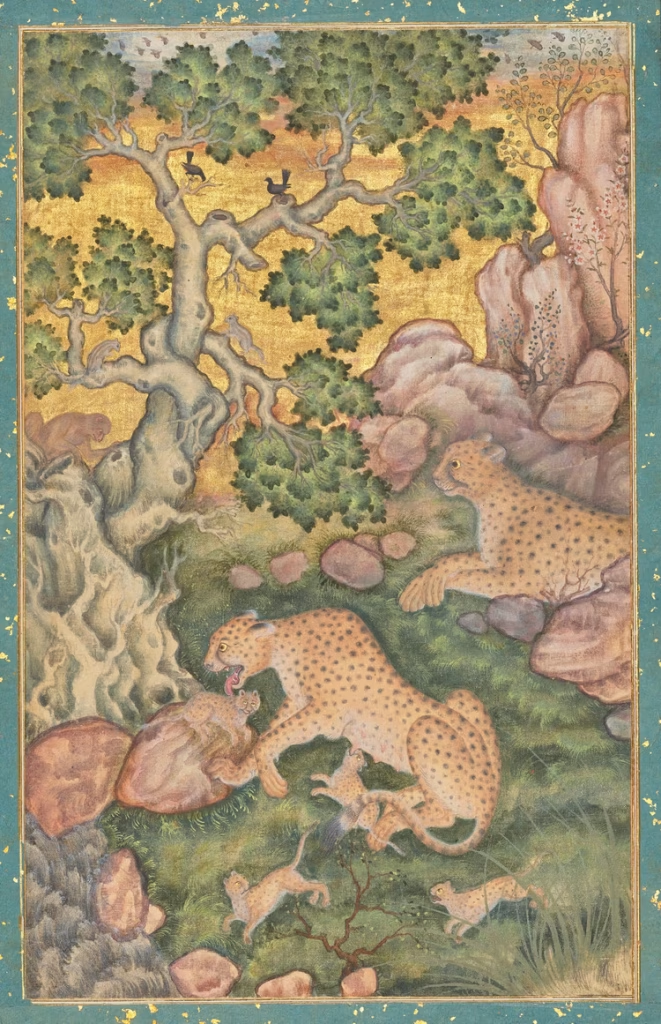
Image Courtesy Christie’s
The collection enters the market without guarantees, with anticipated interest from both Indian and international collectors. Plumbly reports strong current market conditions for Indian and Persian paintings, with Indian works experiencing particularly high demand. She cites a recent success: a heavily illustrated late Mughal copy of Firdawsi’s Shahnama that sold at Christie’s London earlier this year for over £2 million, significantly exceeding its £700,000-£1 million estimate.
The collection’s well-documented provenance provides additional appeal for institutional buyers. “These are works that can easily be acquired by museums who often have more stringent acquisition policies and need early documented provenance in order to be able to buy.”
Featuring Image Courtesy: Christie’s
Contributor

